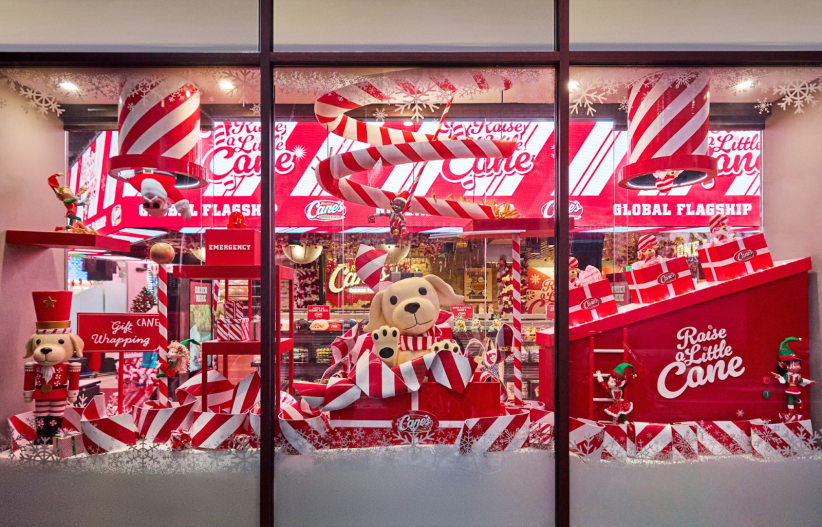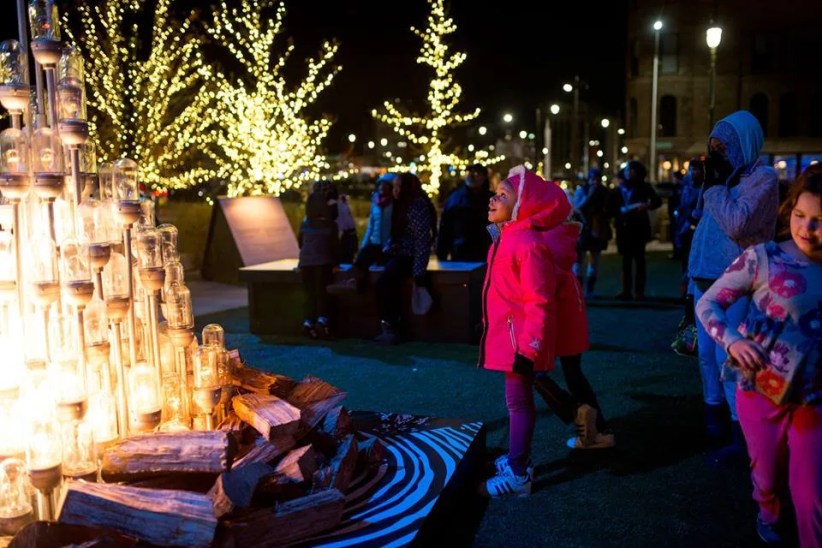As Carnegie Hall prepares to celebrate its 125th anniversary next year, it also celebrates the newest addition to the iconic institution: The Judith and Burton Resnick Education Wing. Carnegie Hall’s Weill Music Institute—which works to provide free and affordable community-focused programming for children, families, students, and teachers, reaching about 450,000 people in New York City and around the world—introduced the updated wing late last September, and it has already helped to enhance the Hall’s family and community programming.

The addition sits nestled in between 56-57th Streets, and features impressive glass paneling, soundproof practice rooms, the Weill Music Room—which will serve as the performance space Carnegie Kids concerts, among other educational functions—and numerous windows and balconies, which give the wing a bright, airy feel. The work done to the Resnick wing, which now serves as the main center of Weill Institute programming, demonstrates the extent to which Carnegie Hall is committed to engaging the community and making music accessible to New Yorkers of all ages and backgrounds. The Institute’s programming is based on the premise that music can provide important opportunities and enrichment to youth and families.
“We always come back to two really big questions when we’re thinking about family programming,” says Sarah Johnson, the director of the Weill Music Institute. “What is the best thing we can possibly do for music, and how can we serve people through music?”
With the belief that music can help build confidence and aid in learning, the Institute is dedicated to continuously expanding its reach—for example, it recently developed new music production workshops for city teens—which encompasses everything from family and neighborhood concerts to the National Youth Orchestra of the United States.
With the renovation of the Resnick Wing, there is room for more people to engage in programming at the Hall than ever before, allowing the Weill Institute to expand its family programming through new events like Family Weekends. These free weekends, the first of which was held in September 2014, welcome families with children ages 3-12 to participate in various activities in the new Resnick Wing. The weekends provide opportunities for children to get involved with interactive performances, write their own music, and even build instruments. In addition to the hours of exploration and unique activities available for families, the weekends will also focus on increasing the Hall’s accessibility to families of all backgrounds across the city.
“We do a lot of work with homeless shelters,” Johnson says. “When we have those family weekends, an entire day could be dedicated to kids living in family shelters and kids who are in the foster system. We also bring kids from family shelters to family concerts in the Hall. We do everything we can for people to feel welcome and included in the Hall.”
Much of the Weill Institute is devoted to giving back to the community. One of the most striking programs that the hall provides on that front is the Lullaby Project, which as part of Carnegie Hall’s Musical Connections program, invites pregnant women to collaborate with composers, singers, and instrumentalists to write a unique lullaby for their unborn babies. Created for pregnant teens and women who are pregnant while homeless or incarcerated, the Lullaby Project provides participants not only with a creative outlet and the opportunity to engage in music, but also introduces them to a community and a space that they can to return to later, should they choose, with their growing children. In an end-of-season concert, the lullabies are played and are later made available online so that each family can benefit from the collection.
Carnegie Hall now also provides afterschool and weekend educational programs for NYC teens, offered in the new Resnick Wing. During this past winter, the Hall held a series of digital music production workshops on Saturday mornings. Teens came from all over the city to learn skills like creating original beats, recording, and collaborating with other teen musicians.
Another preparatory program called “Count Me In” focuses on choral audition preparation for middle school kids in grades 6-8 who lack a music background but are interested in applying to the city’s arts high schools. While the students receive their own musical training, their parents and school staff attend trainings to learn how they can support the aspiring musicians. Carnegie Hall also provides the students’ schools with mentorship and training in order to help interested schools begin building music programs. The goal is to fill the gap in the schools that don’t have music teachers or strong music programs, and prepare passionate students for their auditions and applications to the city’s arts schools.
“It’s about changing people’s lives through music, and we know that it happens because we’ve seen it,” Johnson says. “It happens for a young person in a juvenile justice facility, it happens for a kid in rural Montana who makes it into the National Youth Orchestra and does an incredible national tour with 120 peers… Many of them don’t go into music. A lot of them will go on to be doctors and lawyers and civil rights activists and all different kinds of things, but they have a really incredible and rich experience.”

When it comes to updates in family concerts and programming, the Resnick Wing’s Weill Music Room has allowed the Hall to increase the number of free, interactive Carnegie Kids Concerts for ages 3-6, while larger scale family concerts will continue to be held in the Stern Auditorium/ Perelman Stage. This month, the “Take the Stage with Broadway Stars” family concert invites families to sing and dance along with Broadway actors, and next spring, the Hall will celebrate its 125th anniversary with two specially commissioned works—one by Pulitzer prize-winner Caroline Shaw and the New York premiere of Robert Xavier Rodriguez’s “The Dot and the Line: A Romance in Lower Mathematics” [Editor’s note: click here for more information on this month’s upcoming concert]. In addition, next March the Hall will celebrate the 40th anniversary of its free neighborhood concert series, which brings established musicians and rising stars to neighborhoods across the city, with “The Somewhere Project,” a city-wide initative that will engage residents in all five boroughs through various educational events and culminate in a production of “West Side Story” at the Knockdown Center, a restored factory in Queens.
“When people hear Carnegie Hall, they think of the astonishingly incredible acoustics and they think of the gorgeous red and gold hall,” Johnson explains. “While that reputation is the aspirational stage and the power of the Carnegie Hall brand, it also means that people don’t necessarily think of this work when they think of Carnegie Hall. We’re really thinking of how we can use the building and use the institution to break down walls and bring music to many more people.”
To learn more about Carnegie Hall’s upcoming events, visit carnegiehall.org






















